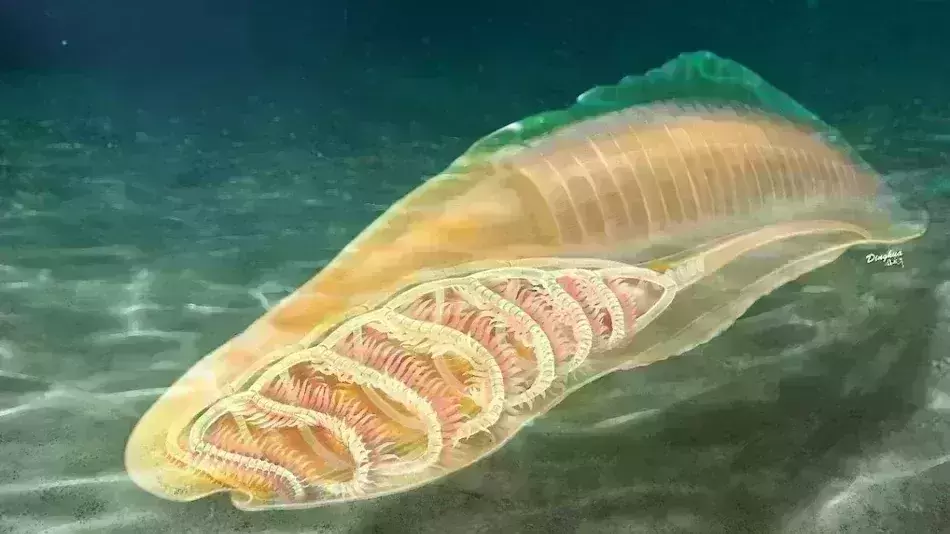
Experts identify the oldest creature with spinal column
text_fieldsYunnanozoans, an extinct species, has been identified as the oldest known stem vertebrate. Scientists think the creature lived 518 million years ago in the Cambrian Period.
The creature is named after its presence in the Yunnan Province of China.
Yunnanozoans were soft-bodied aquatic creatures. Their anatomy has been a point of discussion for the past 30 years. Experts found 127 well-preserved specimens in Yunnan.
Scientists at the Nanjing Institute of Geology and Paleontology, the Chinese Academy of Sciences, and the Nanjing University identified yunnanozoan from fossil specimens using high-resolution anatomical and ultrastructural studies. Well-preserved carbonaceous residues on the fossils were subjected to geochemical analysis.
Stem vertebrates are extinct beings with a spinal column. They are the closest living relatives of the living vertebrates including humans, lizards, turtles, and birds. In short, all mammals, birds, reptiles, amphibians, and fish are vertebrates.
However, a large majority of living beings are invertebrates. They do not have any bones. Some of the invertebrates humans are familiar with are spiders, worms, snails, butterflies, and crabs.
The evolution from invertebrates to vertebrates has been an area of focus for researchers. Many have been trying to make sense of the missing link. The vertebral column has played a key role in evolution as it not only protects the spinal cord but also facilitates standing and walking.
Experts confirmed that the fossils had cellular cartilages in the pharynx, a distinguishing feature of vertebrates. The feature found in yunnanozoans had seven similar arches including bamboo-like segments and filaments connected by dorsal and ventral horizontal rods. This forms a basket-shaped feature seen today in jawless fishes.
Scientists think these arches are responsible for creating structures of the face and neck. They must have played a key role in the evolution of early vertebrates. Author Tian Qingyi said the form of pharyngeal skeletons seems to have a more complex early evolutionary history than previously thought.
How a pharyngeal arch evolved from an unjointed cartilage rod in vertebrate ancestors is still a mystery. One of the oldest known invertebrates, chordate amphioxus, is known to have an unjointed cartilage rod. It is also a close relative of creatures with a backbone.
The findings are published in the journal Science.























